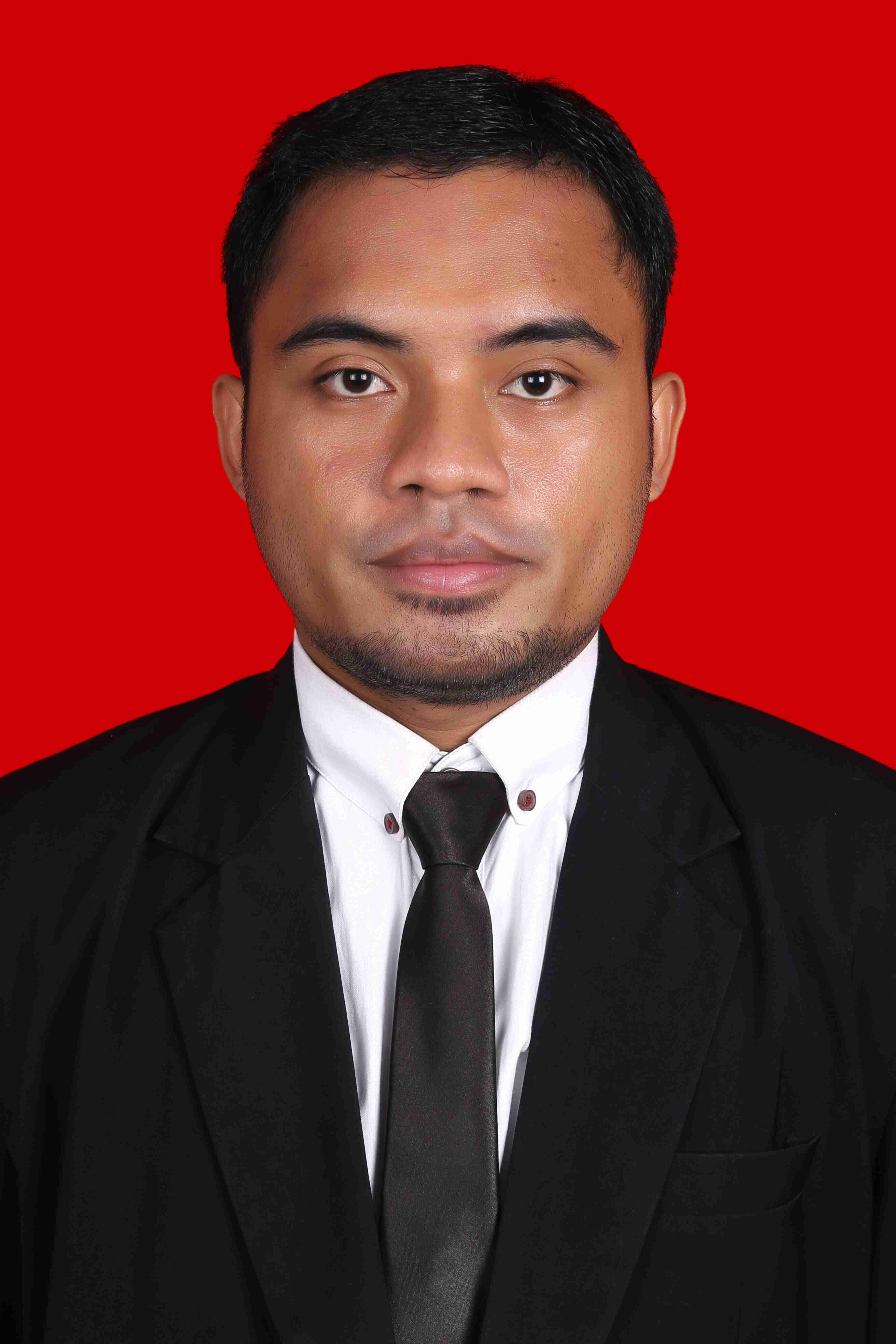Health Protection articles list
A comparative study of social and economic aspect of migration
India is a country of immense diversity. It is home to people of many different racial, languages, ethnic, religious, and national backgrounds. Groups of people in India differ from each other not only in physical or demographic characteristics but also in distinctive patterns of behavior and these patterns are determined by social and cultural factors like language, region, religion, and caste. Apart from behaviour, economic development, level of education and political culture of the people in various social segments differ from region to region. More you can say that economy and cultures have been enriched by the contributions of migrants from round the globe. In an increasingly globalised world, migratory movements is continuously shaping the countries all over the world. Some countries like India and Ireland, which set the example of economic development and social integration, have the positive impact of the migration by globalisation and some countries like USA, which recently witness racism, xenophobia and discrimination have the negative impact on the migrants. It does not mean India do not face fragmentation and USA do not have cohesion. USA have many stories which show successful integration process, that facilitated the lives of immigrant communities, but being a developed country it still suffers from cultural alienation. In these countries, borders are built within borders to create cultural divides that do not allow people to integrate. Recently, this problem has become more prominent due to the rise of terrorism, clash of cultures in the world, leading to the glorification of stereotypes. People are becoming less accepting towards anyone who does not belong to their region. Migration does not stop after people move from one place to another place. The main question start after that ‘now what’ they will do. That is why this topic needs to be discussed thoroughly in order to find better solutions. This paper will begin with an analysis of different approaches to Migration, discuss the target groups for integration policies, provide indicators of the current situation of migrants and proceed to an analysis of integration tools: legislation, social policies and participatory processes. It will focus not only on the impact of migration but also on social integration, mix culture like indo-western culture in a comparative basis.
A comparative study of social and economic aspect of migration
India is a country of immense diversity. It is home to people of many different racial, languages, ethnic, religious, and national backgrounds. Groups of people in India differ from each other not only in physical or demographic characteristics but also in distinctive patterns of behavior and these patterns are determined by social and cultural factors like language, region, religion, and caste. Apart from behaviour, economic development, level of education and political culture of the people in various social segments differ from region to region. More you can say that economy and cultures have been enriched by the contributions of migrants from round the globe. In an increasingly globalised world, migratory movements is continuously shaping the countries all over the world. Some countries like India and Ireland, which set the example of economic development and social integration, have the positive impact of the migration by globalisation and some countries like USA, which recently witness racism, xenophobia and discrimination have the negative impact on the migrants. It does not mean India do not face fragmentation and USA do not have cohesion. USA have many stories which show successful integration process, that facilitated the lives of immigrant communities, but being a developed country it still suffers from cultural alienation. In these countries, borders are built within borders to create cultural divides that do not allow people to integrate. Recently, this problem has become more prominent due to the rise of terrorism, clash of cultures in the world, leading to the glorification of stereotypes. People are becoming less accepting towards anyone who does not belong to their region. Migration does not stop after people move from one place to another place. The main question start after that ‘now what’ they will do. That is why this topic needs to be discussed thoroughly in order to find better solutions. This paper will begin with an analysis of different approaches to Migration, discuss the target groups for integration policies, provide indicators of the current situation of migrants and proceed to an analysis of integration tools: legislation, social policies and participatory processes. It will focus not only on the impact of migration but also on social integration, mix culture like indo-western culture in a comparative basis.
Study of temperature variation in human peripheral region during wound healing process due to plastic surgery
In this paper, investigations are made to analyze the human body temperature during wound healing process due to surgery. Wound is considered after the skin graft. Skin graft is a technique used in plastic surgery. Skin is the first line of defense between the human and environment, it is very susceptible to damage. Internal body or core temperature (Tb) is one of the clinical vital signs along with pulse and respiratory rates. Any disturbance in body temperature will drive complexities in wound healing process. These studies are important in the mechanism of establishing the limits of thermal regulation of human body during the healing process in different situations and conditions. The Finite element method is used to analyze tissues temperature for normal tissues (donor site) and abnormal tissues (tissues after surgery). Appropriate boundary conditions have been framed. Numerical results are obtained using Crank Nicolson Method.
Metapuf: a challenge response pair generator
Physically unclonable function (PUF) is a hardware security module preferred for hardware feature based random number and secret key generation. Security of a cryptographic system relies on the quality of the challenge-response pair, it is necessary that the key generation mechanism must unpredictable and its response should constant under different operating condition. Metastable state in CMOS latch is undesirable since it response becomes unpredictable, this feature used in this work to generate a unique response. A feedback mechanism is developed which forces the latch into the metastable region; after metastable state, latch settle to high or state depends on circuit internal condition and noise which cannot be predicted. Obtained inter hamming variation for 8 PUF is 51% and average intra hamming distance is 99.76% with supply voltage variation and 96.22% with temperature variation.
Intersection of caste and gender based subjugation
One of the unique features of Indian society is prevalence of caste system which was originated thousands of years back to demarcate the people engaged in different occupation or jobs. Initially it was not much rigid but gradually people belonging to upper castes for their own selfish means to maintain their monopoly made this arrangement hereditary and started treating people of lower castes disgracefully. For preservation of this system, people started controlling their women to prevent inter-caste marriages and the concept of endogamy came up. This robbed away many types of freedom from women. For women belonging to lower castes, this situation is worse as they are doubly subjugated on the basis on caste as well as gender. Men belonging to their own caste treat them as secondary beings. This paper throws light on this intersection. How intersection of these two kinds of inequalities place them at the lowest position in Indian society. Dr. B.R. Ambedkar rises as their leader who all his life worked for empowerment of downtrodden section of society. He argues that education is the primary tool for evading these differences among people. He further emphasizes to adopt the concept of exogamy to break the backbone of Indian caste system and to immediately leave a religion or culture which legitimizes such system of inequality among people of the same land.
Intersection of caste and gender based subjugation
One of the unique features of Indian society is prevalence of caste system which was originated thousands of years back to demarcate the people engaged in different occupation or jobs. Initially it was not much rigid but gradually people belonging to upper castes for their own selfish means to maintain their monopoly made this arrangement hereditary and started treating people of lower castes disgracefully. For preservation of this system, people started controlling their women to prevent inter-caste marriages and the concept of endogamy came up. This robbed away many types of freedom from women. For women belonging to lower castes, this situation is worse as they are doubly subjugated on the basis on caste as well as gender. Men belonging to their own caste treat them as secondary beings. This paper throws light on this intersection. How intersection of these two kinds of inequalities place them at the lowest position in Indian society. Dr. B.R. Ambedkar rises as their leader who all his life worked for empowerment of downtrodden section of society. He argues that education is the primary tool for evading these differences among people. He further emphasizes to adopt the concept of exogamy to break the backbone of Indian caste system and to immediately leave a religion or culture which legitimizes such system of inequality among people of the same land.
Role of pharmacist in health care system
During the last few years, the pharmacy profession has expanded significantly in terms of professional services delivery and now has been recognized as an important profession in the multidisciplinary provision of health care. The paper highlights the current scenario of The Pharmacy profession in the health care system. The pharmacist is a backbone that strengthens to the health care system. Different roles of Pharmacist in different sectors of the pharmacy profession like Industrial, academics, community health, clinical research, drug design and discovery, developing NDDS etc. In nutshell, pharmacist plays an integral part in the health care system. “Physician gives medicine to the patients but life to the medicine given by pharmacist”. Role of Pharmacist in Health Care System
Knowledge and preventive practices regarding dengue fever in nepal
Dengue is an acute infection disease caused by a flavi virus (species Dengue virus of the genus Flavi virus), transmitted by female mosquito aedes mosquito, infection has globally become a major public health concern since the incidence of the dengue fever has increased more than 30-fold over the last decades. The dengue fever has been a most important public health problems since many years and the various outbreak of the dengue cases has been seen time to time. One of the reasons for the increasing and time to time outbreak of the dengue may be the reason of climate change, global warming, lack of knowledge about signs, symptoms, transmission, preventive measure and lack of ignorance or lack of the preventive practice of the dengue fever. Method: Descriptive, cross-sectional study on 192 head of household's was study population residing in Kanchan RM, Rupandehi Respondent was selected using Non probability judgmental sampling techniques by face-to-face interview was used. Result shows 58.3% good knowledge and 62% good practice. Knowledge was found to be associated with Age, Types of family, Size of family, educational level and Family suffered from dengue. Preventive practice was found to be associated with the Ever heard from health professional. Study will contribute towards development of appropriate policy strategies at local level that will tackle the problem associated with the knowledge and preventive practice of DF and provide a basis for future research on this area. Inferential analysis shows that there is significant association between the level of knowledge with age, types of family, size of family, educational level and family suffered from dengue and the level of preventive practice was associated with the ever heard from health professional.
Factors affecting the ecological status of industrialized cities and measures to monitor them
The development of science and technology proves once again how infinite human needs are. The concentration of the population in large cities, on the one hand, accelerates the process of urbanization and affects the level of development of the state. On the other hand, the state of the environment has a negative impact on urban ecology. From ancient times the population has been striving to create favourable conditions for themselves and such a process is still going on, especially when the negative consequences of this are clearly felt in the health of the population living in cities. Solving this problem is one of the main tasks of urboecology. The development of modern methods of geo-ecological monitoring of the ecological condition of cities, especially in areas with high industrial specialization. The development of measures to improve the health of the population in ecologically critical areas is of a great importance today. To this end, this article discusses in detail the industrialized Navoi region and its urban and ecological situation, the factors affecting it.
 Mediterranean Journal of Pharmacy and Pharmaceutical Sciences
Mediterranean Journal of Pharmacy and Pharmaceutical Sciences
Removing the stigma and discrimination for people with hiv/aids: the main role of civil society
HIV/AIDS cases in Indonesia continue to increase and have spread to all provinces in Indonesia. Bandung is one of the cities with a high number of people living with HIV/AIDS in Indonesia. As one of the areas with the highest number of reported HIV cases, the Bandung city government seeks prevention and treatment through the role of existing stakeholders. However, stigma and discrimination against people living with HIV & AIDS, now referred to as PLHIV, are still found and are difficult to eliminate. People diagnosed as contaminated with the HIV & AIDS virus often get a negative stigma. This study aims to analyze how to remove the stigma and discrimination of people with HIV/AIDS through the role of civil society. The research results show that stigma against HIV is often directed at certain minority groups and is often associated with morals and religion. Meanwhile, discrimination against people with HIV is manifested in violations of individual rights in the economic, social, and cultural spheres. The issue of stigma and discrimination against PLWHA has not received serious attention. Therefore, the role of civil society is very important because it can open a dialogue with the community regarding HIV/AIDS to dispel myths that tend to discriminate against PLHIV.
Basic composition and caloric contents of macrotyloma uniflorum (lam.) verdc., phaseolus lunatus linn., and phaseolus vulgaris linn., legume flours
The % age elemental composition (ash, crude fat, crude protein, moisture and total carbohydrates) was determined in the Macrotyloma uniflorum (Lam.) Verdc., Phaseolus lunatus Linn., and Phaseolus vulgaris Linn., legume flours. M. uniflorum contained moisture (8.9), ash (3.34), crude fat (1.30), crude protein (18.15) and total carbohydrate (68.31). Similarly, moisture (9.14), ash (3.73), crude fat (1.78), crude protein (22.64) and total carbohydrate (62.71) were estimated in P. lunatus. Meanwhile, P. vulgaris contained moisture (9.43), ash (3.61), crude fat (3.49), crude protein (19.46) and total carbohydrate (64.01). The gross, ash free, moisture and ash free calorific values were also determined. P. vulgaris showed the highest(3.91) and P. lunatus lowest (3.84), whereas M. uniflorum (3.86) caloric values (kcal/g), respectively. The elemental composition and caloric values of tested legume flours justify them as good sources of nutrition and energy.
Mahdi Dehghani Darmian
Department Of Mathematics, National University Of Skills (nus), Tehran, Iran.
Dr Ramy El-kady
Police Academy, Egypt
Most Popular Category
- Pharmacy (256)
- Education and social science (212)
- Pharmacology (208)
- Pharmacognosy (172)
- Business management (140)
- Pharmacology and toxicology (129)
- Pharmaceutical sciences (125)
- Education and training (122)
- Research (119)
- Medicine (110)
- Management (97)
- Health Science (95)
- Human resource management (83)
- Biological Sciences (82)
- Computer Science (80)
- Computer Science Applications (74)
- Accounting and finance (66)
- Engineering (65)
- Information technology (58)
- Pharmacy practice (57)
1.jpg) Ekta Meena
Ekta Meena  Kamal Singh
Kamal Singh  Syahrul Tuba
Syahrul Tuba  Dr. Salman Ahmed
Dr. Salman Ahmed